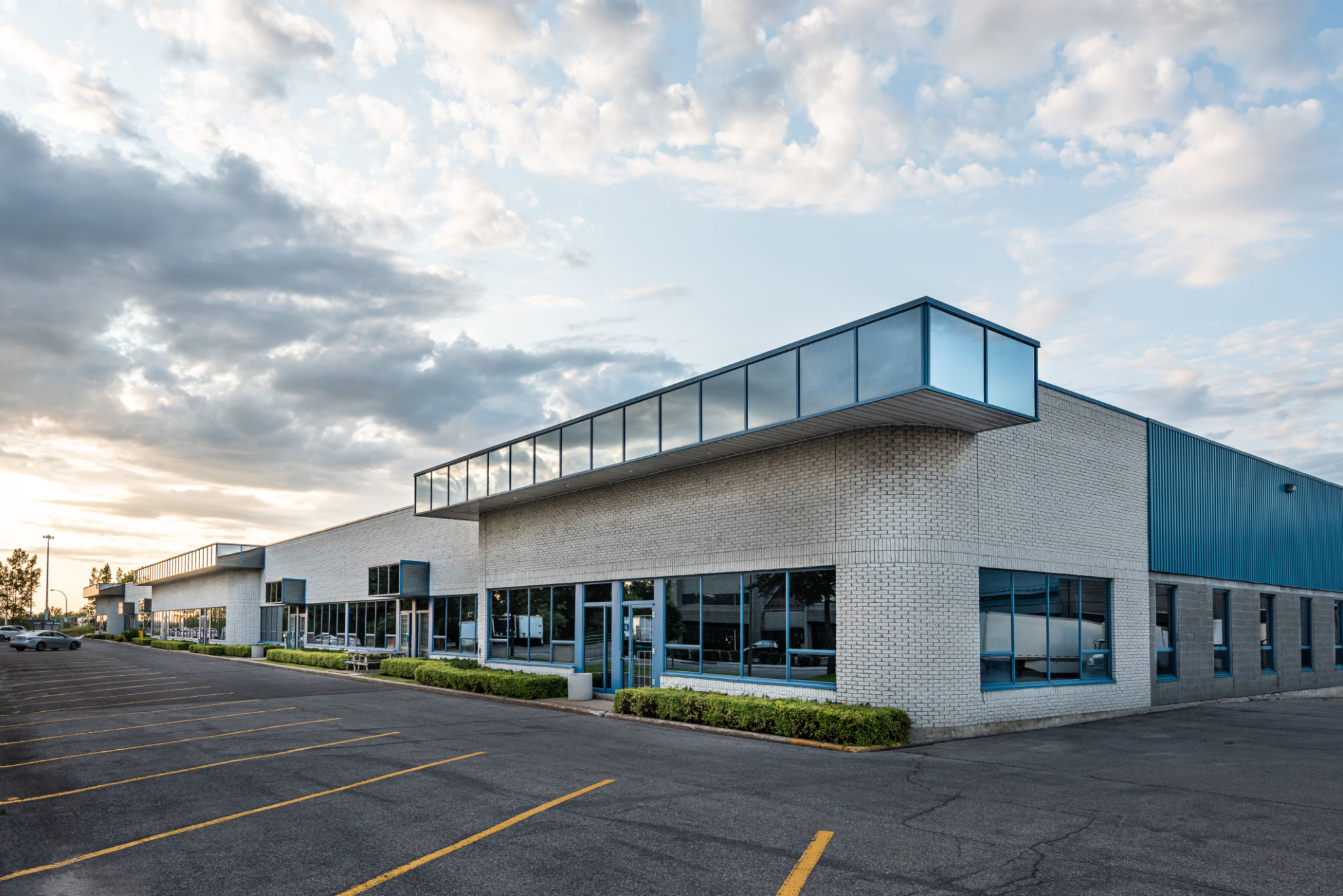Optimize Your Industrial Space: Tips for Maximum Efficiency
Understanding Your Space
Optimizing your industrial space starts with a thorough understanding of the area you have to work with. Evaluate the current layout and identify any underutilized spaces. Consider how the flow of work moves through the space and identify any bottlenecks or inefficiencies. A clear understanding of your existing layout is crucial for making informed decisions about improvements.

Implementing Lean Principles
One effective approach to optimizing industrial space is implementing lean principles. This involves minimizing waste and maximizing efficiency in all processes. You can achieve this by organizing workstations in a way that minimizes movement and reduces time wasted searching for tools or materials. The goal is to create a streamlined process that enhances productivity.
Consider using the 5S methodology: Sort, Set in order, Shine, Standardize, and Sustain. This method helps maintain an organized, clutter-free environment, making it easier to identify and address issues quickly.
Flexible Designs and Modular Systems
Industrial spaces benefit significantly from flexible designs and modular systems. These allow for easy reconfiguration as business needs change. Implementing modular storage solutions and mobile equipment can help adapt your space swiftly to varying demands. Such adaptability not only improves efficiency but also reduces downtime during changes.

Maximizing Vertical Space
Vertical space is often overlooked in industrial settings. By utilizing higher shelving units or stacking systems, you can significantly increase storage capacity without expanding the footprint of your facility. Ensure that all items stored vertically are easily accessible to minimize retrieval time and maintain safety standards.
Technology and Automation
Incorporating technology and automation can greatly enhance the efficiency of an industrial space. Automated systems for inventory management or conveyor belts for material handling can reduce manual labor and improve accuracy. Investing in technology not only optimizes current operations but also positions your business for future growth.

Regular Maintenance and Upkeep
An essential yet often overlooked aspect of optimizing industrial space is regular maintenance and upkeep of equipment and facilities. Preventative maintenance ensures machinery runs smoothly, minimizing unexpected downtime and costly repairs. Regularly scheduled maintenance helps sustain efficiency and extends the lifespan of equipment.
Training and Employee Engagement
Your workforce plays a critical role in maintaining an efficient industrial space. Providing regular training and encouraging employee engagement fosters a culture of continuous improvement. Employees who understand the importance of efficiency are more likely to contribute positively to optimization efforts.
By implementing these strategies, you can transform your industrial space into a hub of maximum efficiency, paving the way for increased productivity and potential growth. Remember, optimizing your space is an ongoing process that requires regular evaluation and adaptation to new challenges and opportunities.
